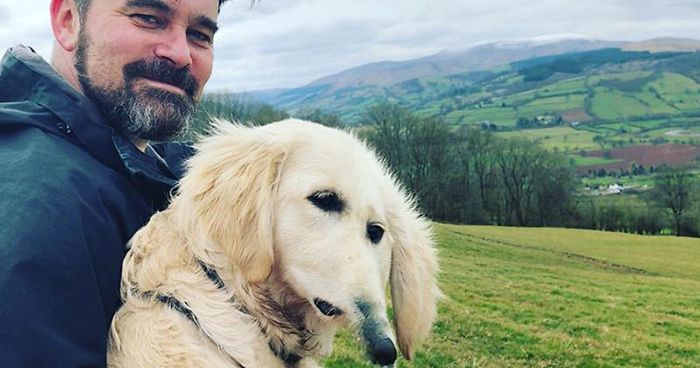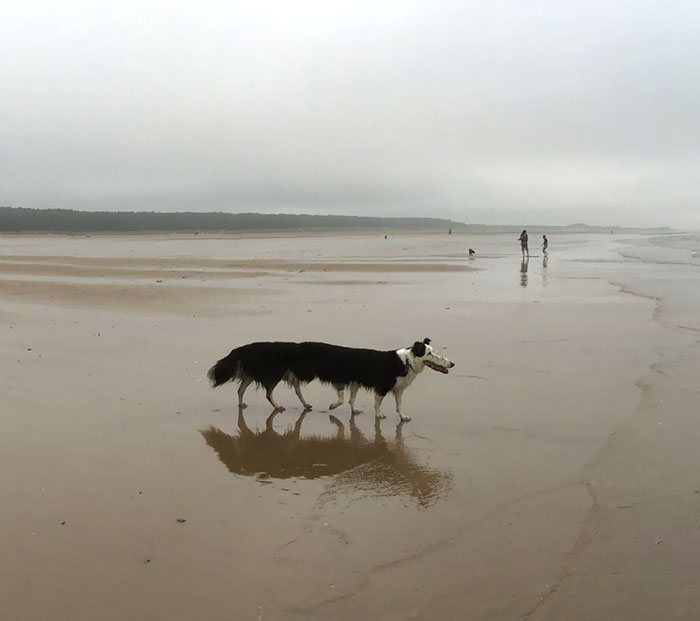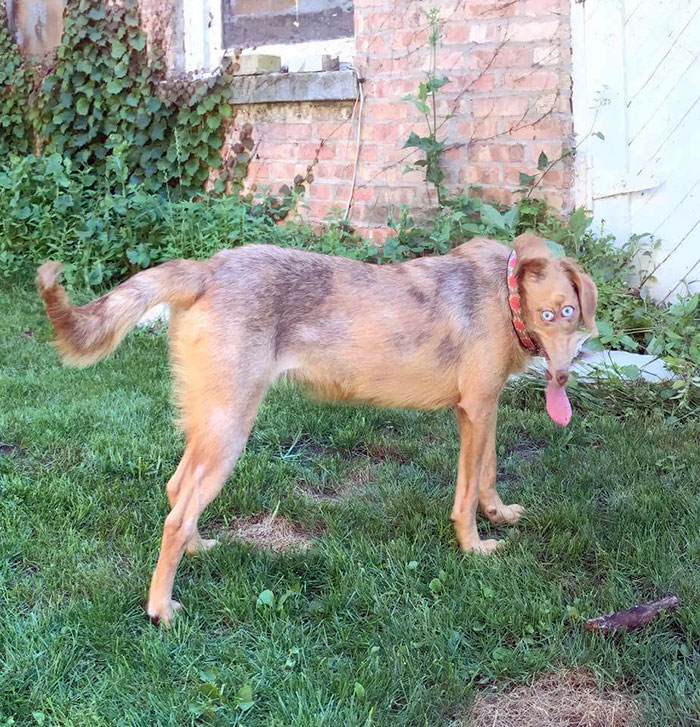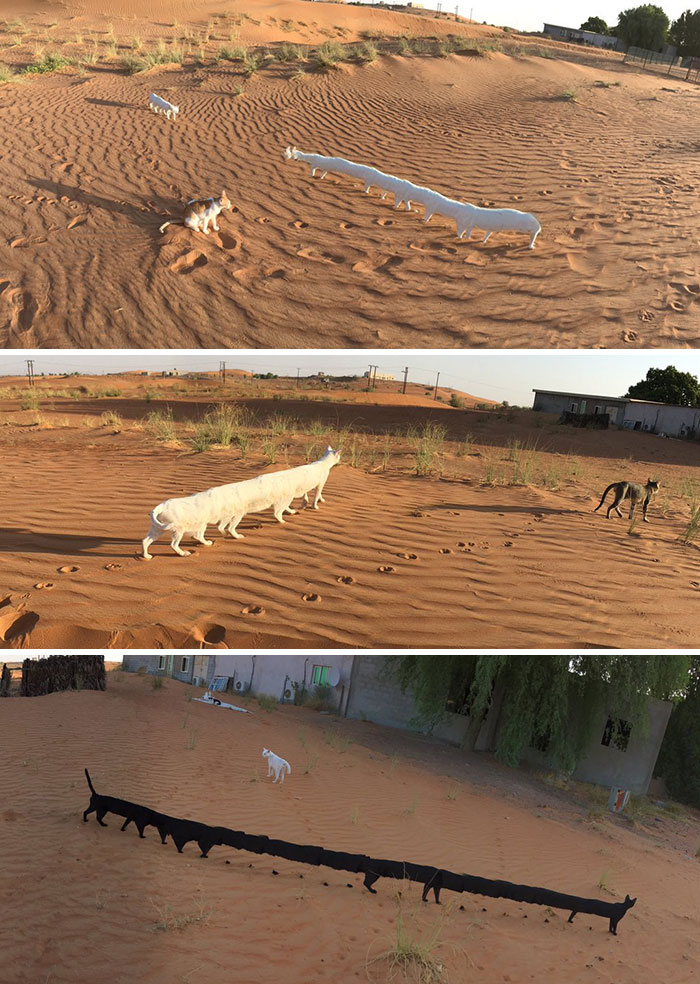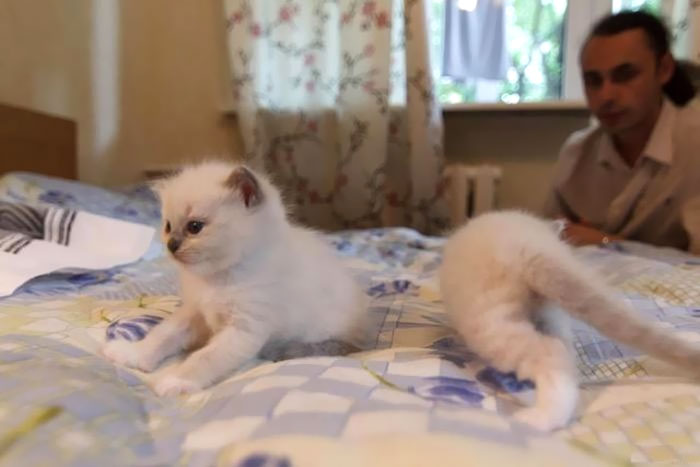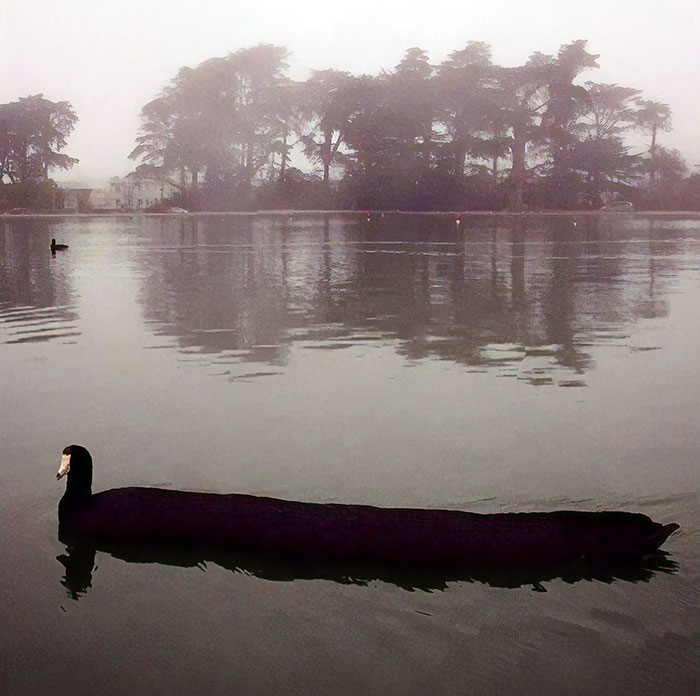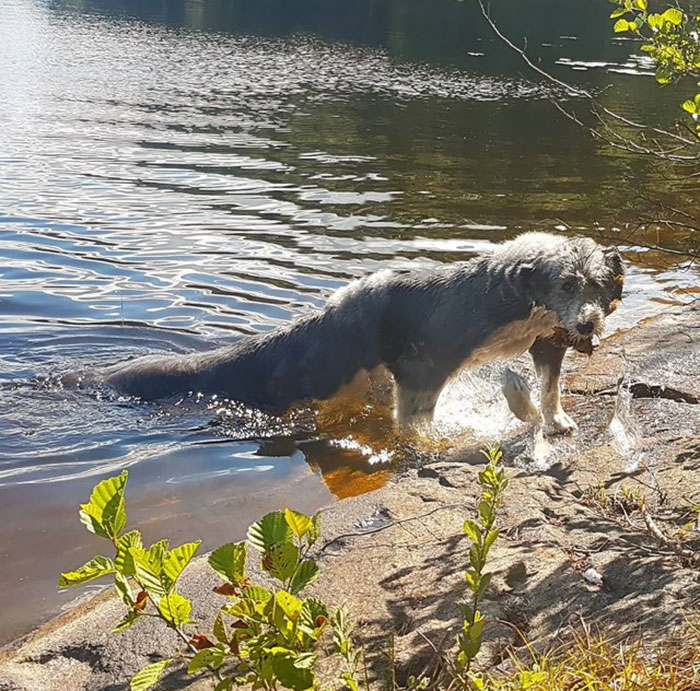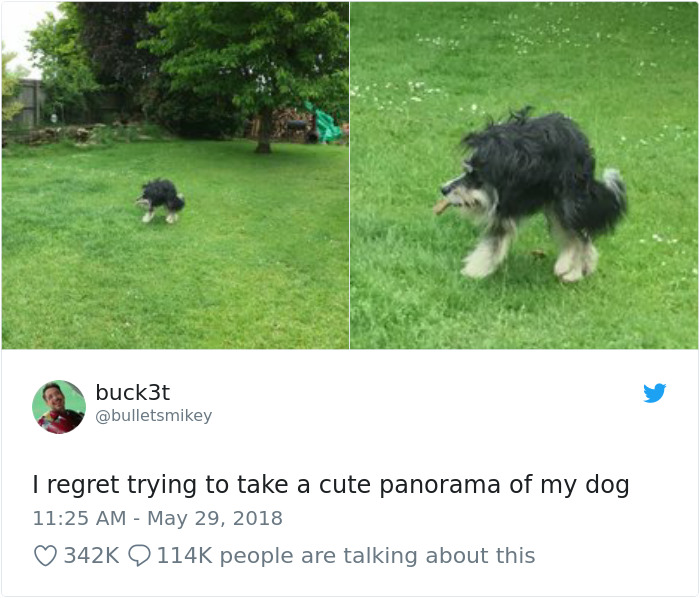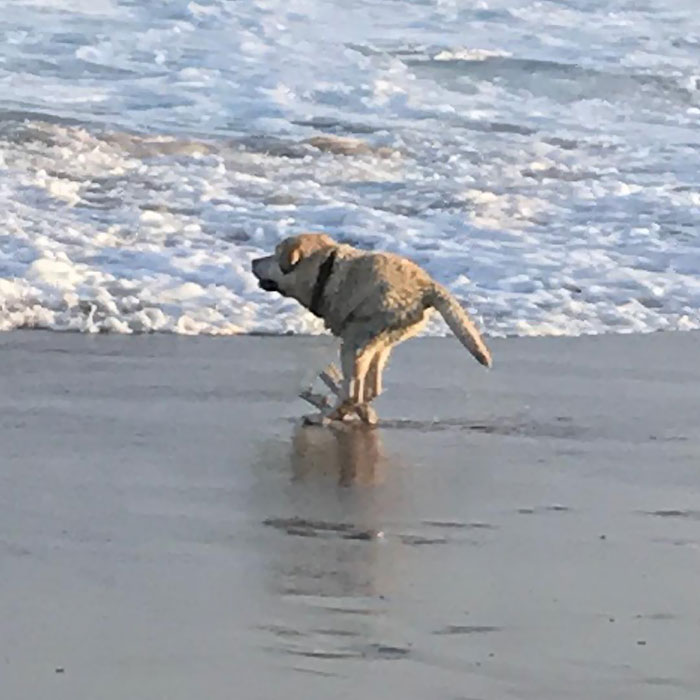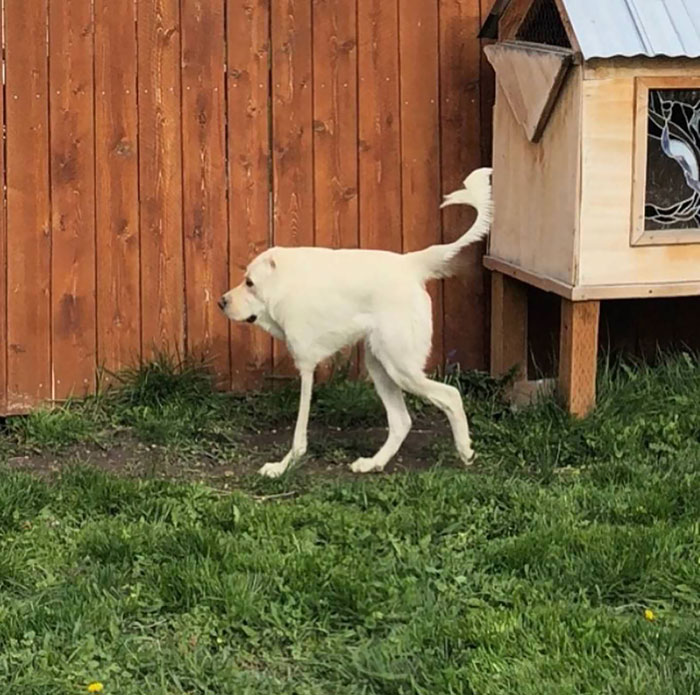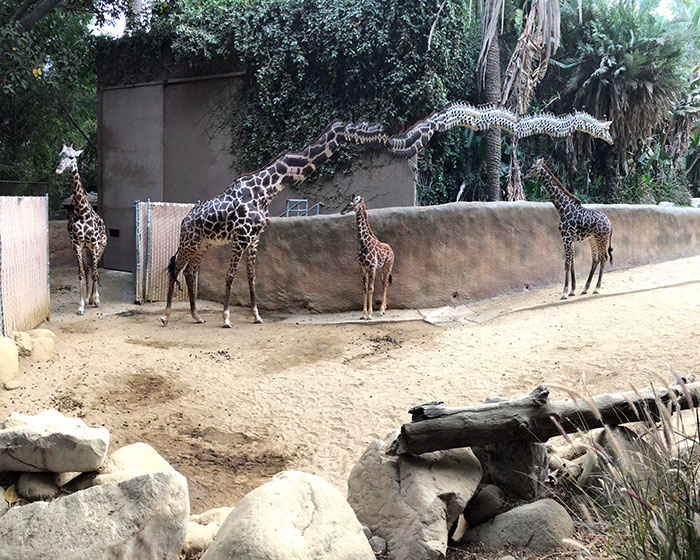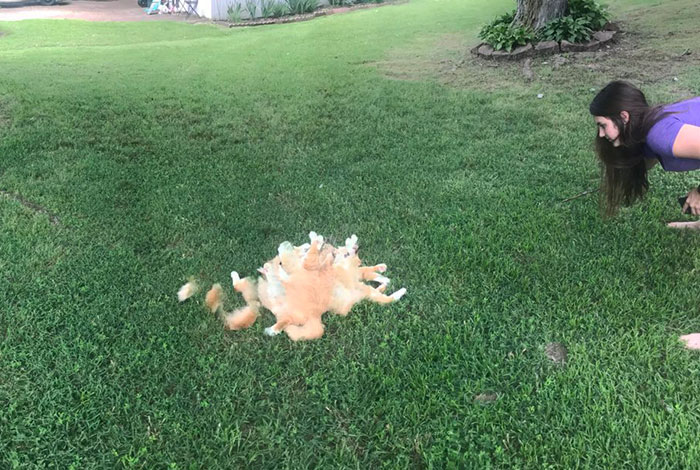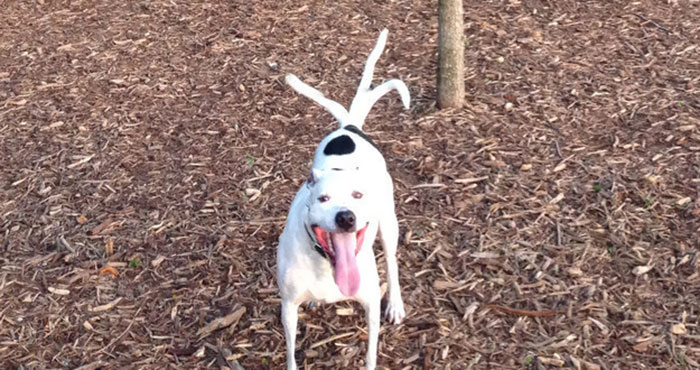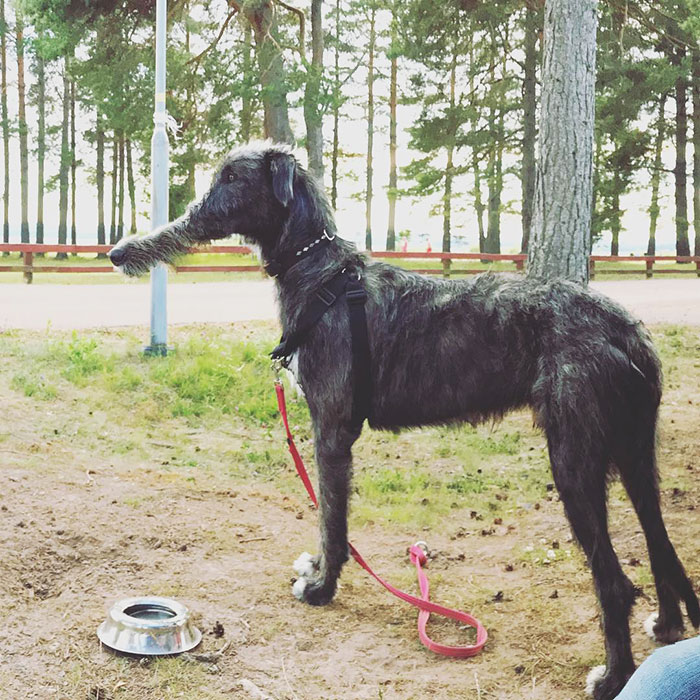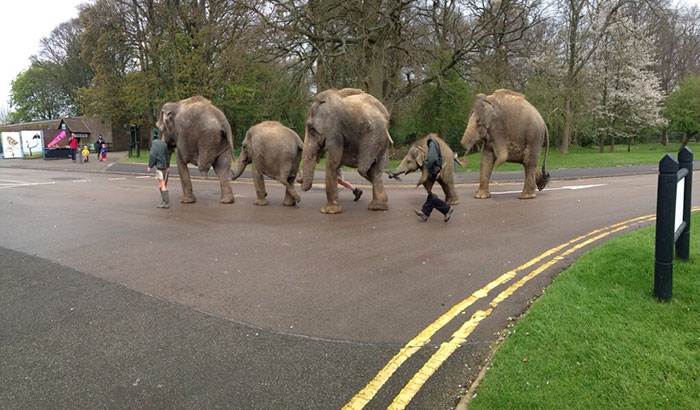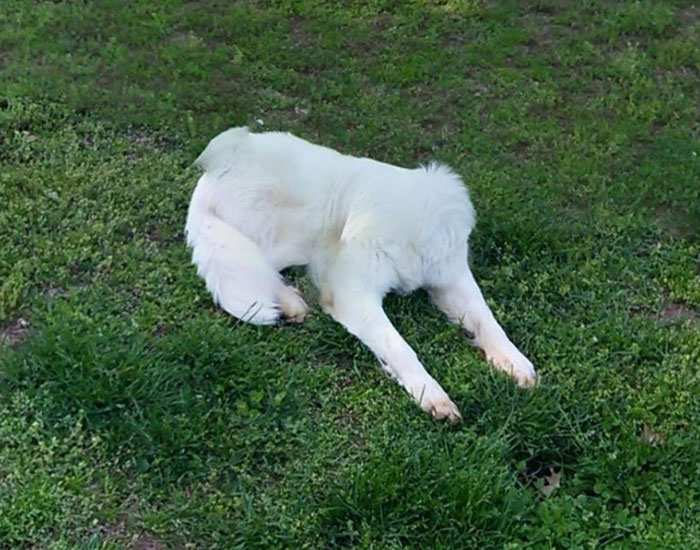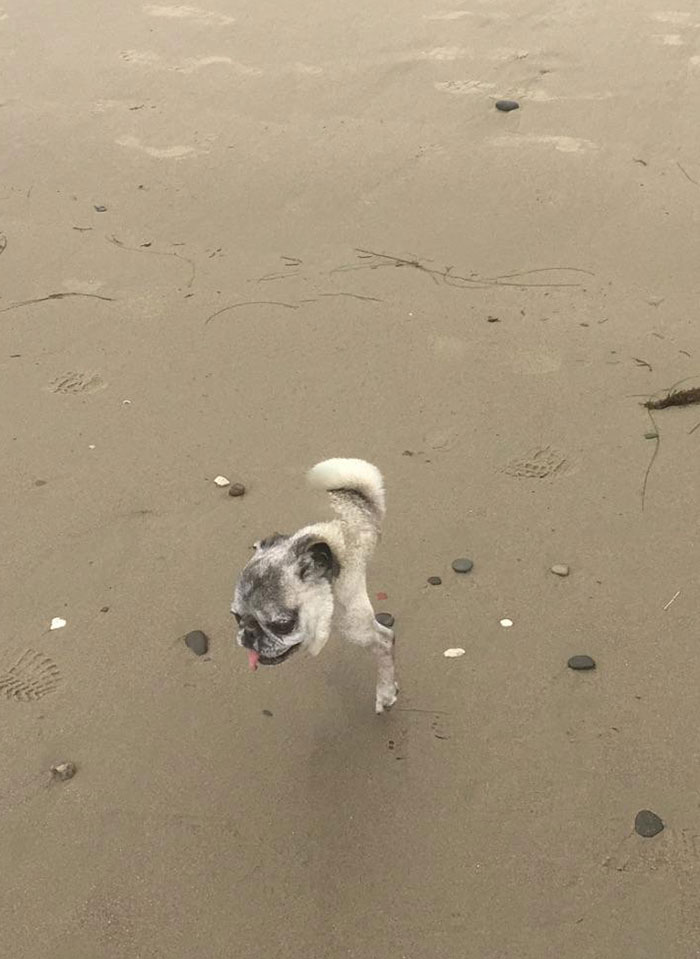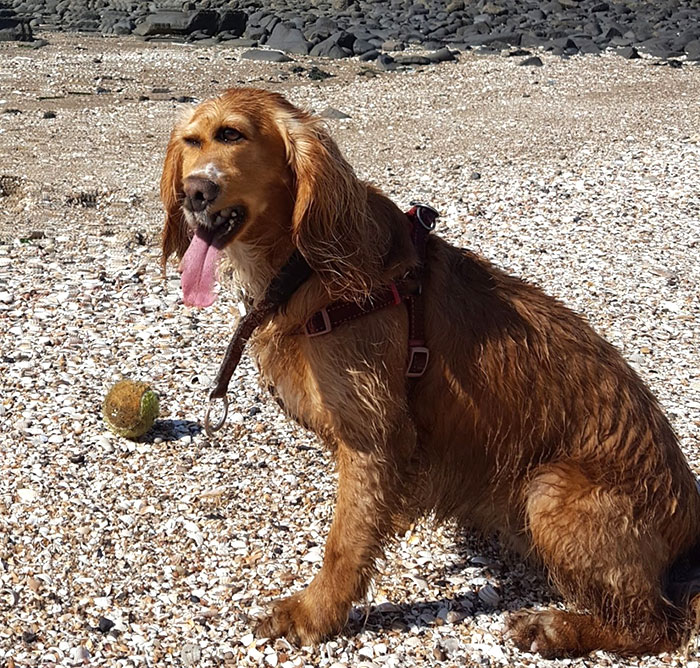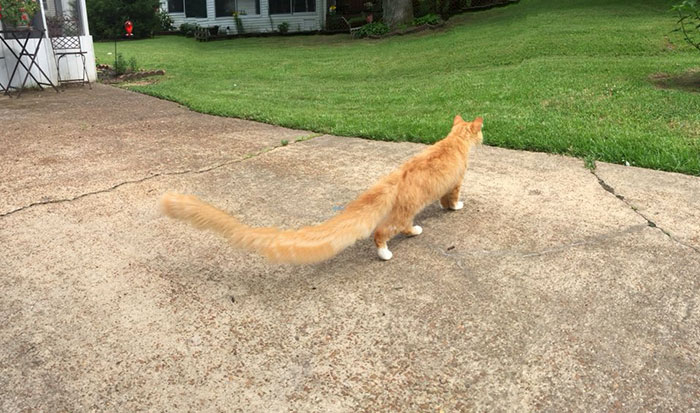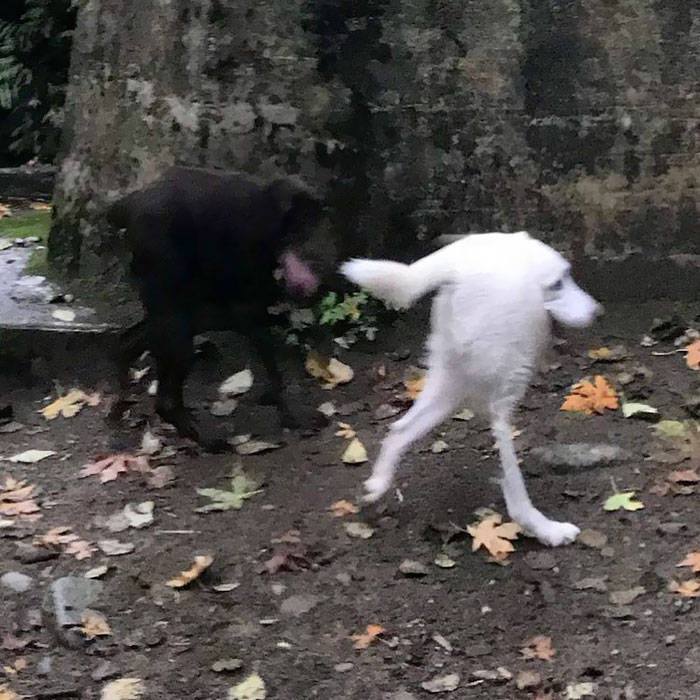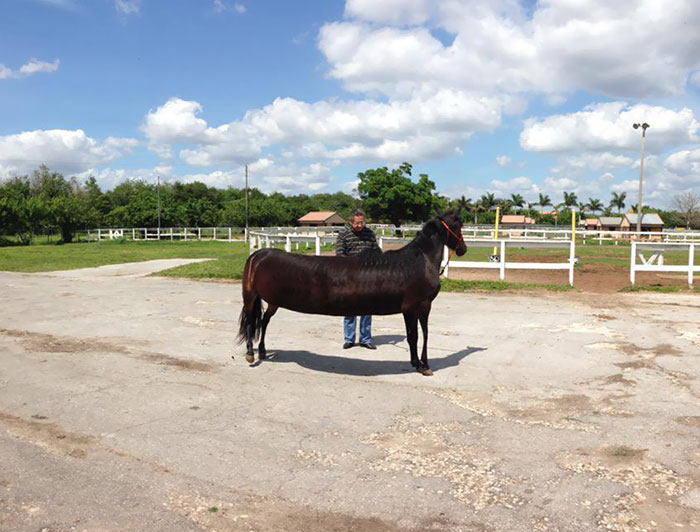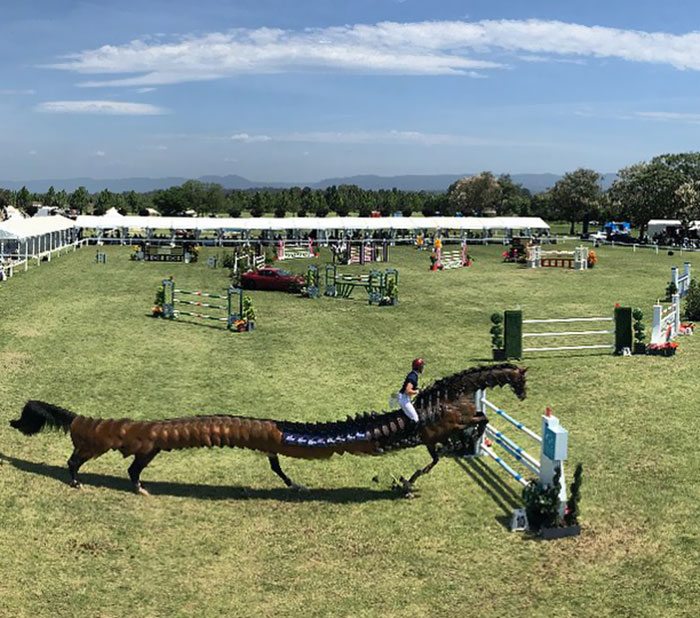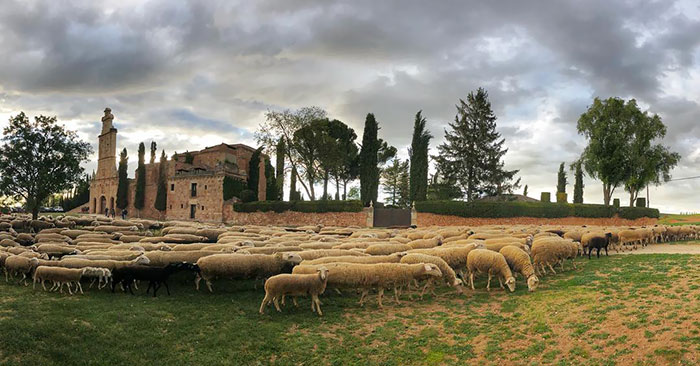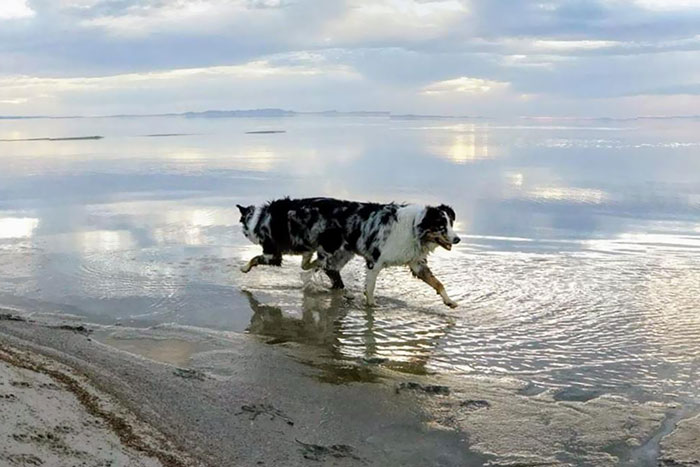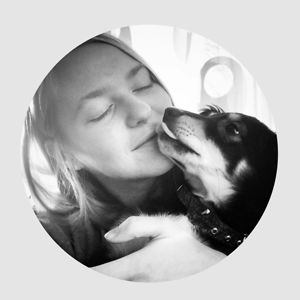Who doesn't love a good panoramic shot - this phone technology is perfect for capturing gorgeous meadows, hilltops or colorful deserts. Still landscapes can be captured with ease at just a touch of a button and scan with a steady hand - but what happens when you want to photograph an object that has a little bit more trouble sitting still - like your precious pets - well, you end up with a creature that has eight legs, two heads, and six tails!
It turns out that there are tons of panoramic pictures of these 'mythical' animals all over the internet- from limo horses to Cerberus dogs and multiple-legged cats, this photo technology seems to have no mercy when it comes to eerily disfiguring our beloved pets. Of course, without any fault of these innocent animals who just cannot seem to hold a pose or want to photobomb.
In the list below compiled by Bored Panda, you'll find the greatest panoramic pictures of animals. Each one of these funny fails is so unique that even the greatest imagination couldn't fathom these kooky beasts. So, sit back, relax, warm up those abdominal muscles and get ready for some hearty laughs. Also, don't forget to vote and comment on the most unexpected funny photos!
This post may include affiliate links.
Don't Worry Your Dog Could Have Been Like Mine
For millennials perhaps the earliest memory we having of getting anything close to a "panoramic" shot on film was to turn the camera from vertical to horizontal, but panoramic photography goes all the way back to the first invention of photography itself in 1839. There was a desire to show the landscapes of cities, so photographers invented the first panoramas by placing two or more daguerreotype plates - the earliest photos set on copper plates- side by side to create the illusion. It is said that the first panoramas were made up of eleven plates.
Panorama Doggo Gone Wrong
Pano Of My New Backyard When My Dog Decided To Run Through It
Some of the earliest panoramas were created during the civil wart, taken by George Barnard for the Union Army. They were printed from two or more wet-plate negatives that had been exposed in a conventional camera. The wet-plates were coated with an emulsion, sensitized and exposed.The camera was rotated to the next section of the panorama after each exposure in order to make a new negative, When the negatives reached the studio they were placed on a sensitized sheet of photographic paper and placed in the sun. Next they were fixed, washed, trimmed and arranged for the panoramic finished photograph.
Cats Have Adapted To Living In The Desert
Split Kitty
In the late 19th century they began to manufacture cameras created specifically for producing panoramas. The cameras either had a swing-lens, in which the lens would rotate while the film remained stationary or 360-degree rotation cameras, where both the camera and the film rotated. The first mass produced panoramic camera was the Al-Vista, introduced in 1898. Most mass-produced panoramic cameras used a swing lens.
Mum Can’t Stop Laughing. Dad Must Have Pulled A Funny Face Or Something
Duck Limo Service, Anyone?
In 1904 a large format film camera called the Cirkut was patented. The film ranged from 5" to 16" and could produce 360-degree photographs that measured up to 20 feet long. During the exposure process the camera and the film rotated on a special tripod. These special cameras were most commonly used by commercial photographers who wanted to capture city views or special events.
New Species?
Panorama Of A Dog Goes Terribly Wrong
It may seem like a huge leap to imagine a time where you had to manually stitch together photos to create a panorama to now where your phone camera can work the magic for you - but how does it do it? Well it stitches the photos together for you like the old days just with better technology, less effort and no wait time. Your phone looks for common features on the edge of each image transparency, lines them up by sliding and rotating, moving image by image until it has created the "perfect" panorama. Unlike the human brain, your phone can not determine photo content and sometimes uses what's known as brute-force computation to find similar features The result is stitching errors such as distorted images, misalignment or cutting things in half.
Kangaroo Dog In Full Flight
The most common stitching errors during panoramic shots are: not enough overlap between frames, distortion caused by poor lens quality or close objects in overlap zone, parallax error, when close objects change position during frames (like a moving pet), lack of visible features, highly repetitive features, or bad software. Worse case scenario you get a photo worthy for a modern art display!

 Dark Mode
Dark Mode  No fees, cancel anytime
No fees, cancel anytime 




